Should You Use Buses, Subways and Trains in Japan?
The answer is YES! Buses, subways and trains in Japan can only be described as safe, efficient, clean and comfortable. For most North Americans, this is a hard concept to wrap your head around, even if you’ve travelled by rail in Europe.
Buses, subways and trains are the main mode of transportation in Japan for just about everyone. From grade school kids to company executives, you’ll find them all on public transportation.
This doesn’t mean that Japanese people don’t own cars; they just tend to use them less often than North Americans. They are more often used on the weekends, or holidays, to drive out of the city and see some nature.
Because cities are crowded and parking is limited, not everyone can drive to work or to do their shopping. It’s also common for families to only own one car, or even no car at all.
Since the public has such a strong dependency on public transportation, the train, subway and bus systems have the resources to keep them clean, comfortable, safe and timely.
The trains in Japan are so widely used and well planned out, that most Japanese people set their watches and clocks to JR (Japan Rail) time. JR trains are so timely that you can choreograph making connections down to the second.
Buses in Japan
Buses in Japan are the most common form of public transportation. Outside of larger cities, they can be the only public transportation available. They are on time for the most part, but are subject to traffic so delays are inevitable.
I try to avoid buses if I can because they are not as fast as subways or trains. However in some cities, like Kyoto and Beppu, they are the only way to get to the tourist sights.
Subways in Japan
Subways are the fastest and most dependable way to navigate most metropolitan cities in Japan. They run frequently and are nearly as punctual as the trains. The stops are usually near popular destinations for shopping and sightseeing.
A couple of exceptions to this are Kyoto and Hiroshima. In Kyoto, the bus is more practical for sightseeing because most of the temples and shrines are in more rural areas of the city. In Hiroshima, the streetcars are more convenient for hitting the tourist hot spots.
Local Trains in Japan
Local trains in Japan are a great way to travel between nearby cities or to get from one side of the city to the next. In most cities and towns, they are usually not as convenient for getting around the city.
In my experience, only Tokyo has a local train system that rivals the convenience of the subway system for inner city travel.
If you need to go to a city that is not reachable by the bullet train, there are often rapids and express trains available. These are essentially local trains that skip a few stops along the way to speed up the trip.
The Bullet Train Shinkansen
The Shinkansen, also known as the Bullet Train, is by far the most relaxing way to travel around Japan. The seats are comfortable and spacious with loads of head and leg room.
The ride is so fast and smooth, that you easily forget that you’re on a train. There are also nice clean bathrooms and sinks with soap in every other car.
If you get hungry or thirsty, there is usually a nice young woman that goes up and down the aisle selling snacks and drinks.
A True Japan Experience
In order to really understand and appreciate Japan, you must take some form of public transportation. It gives you an insight to how efficient the Japanese workforce can be and really showcases the kindness and politeness of the Japanese people.
The most affordable way to travel Japan’s rail system is with a Japan Rail Pass. It makes traveling on the JR local trains and the Shinkansen easy, affordable and fun.
Disclaimer: There are affiliate links in this article. This means that if you make a purchase after clicking on these links, we may receive a small commission at no extra cost to you. We have no association with the companies or the products reviewed. These are our own opinions of top travel products.


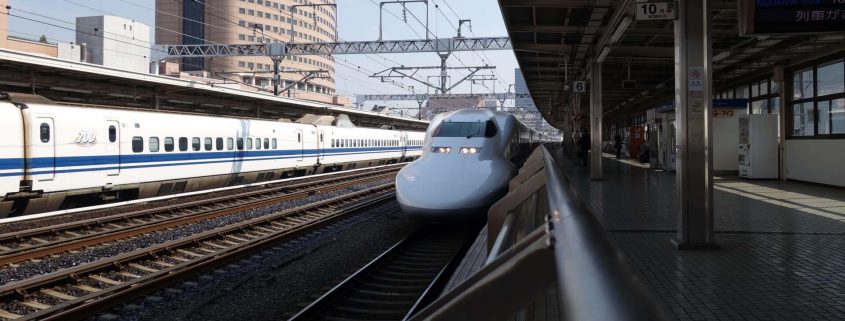 ©JAPAN and more
©JAPAN and more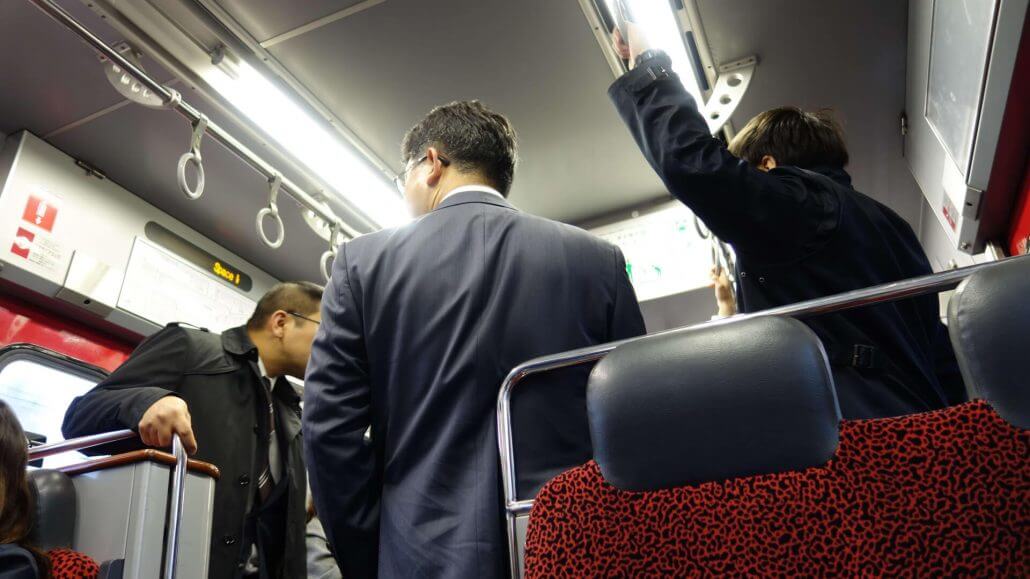
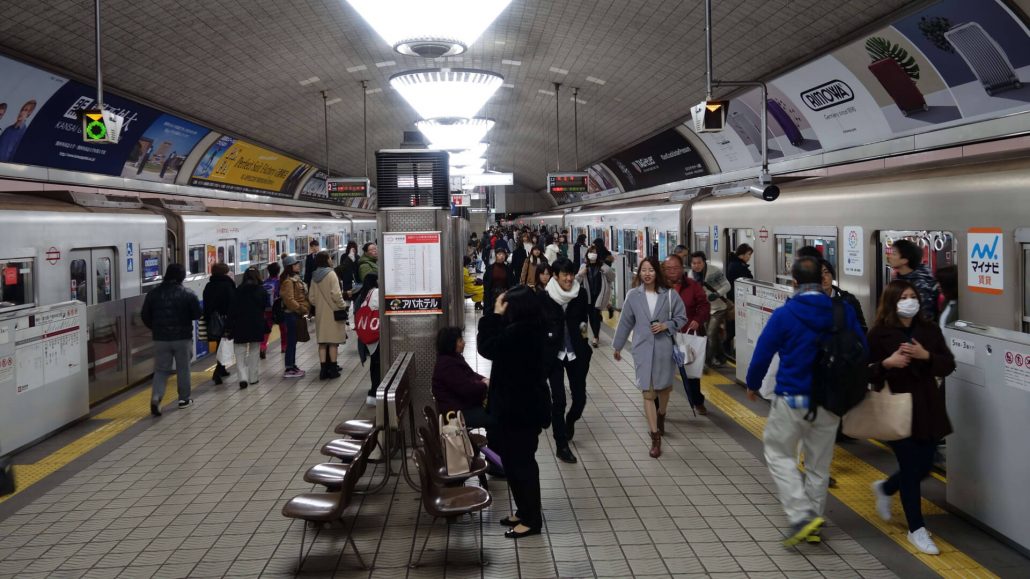
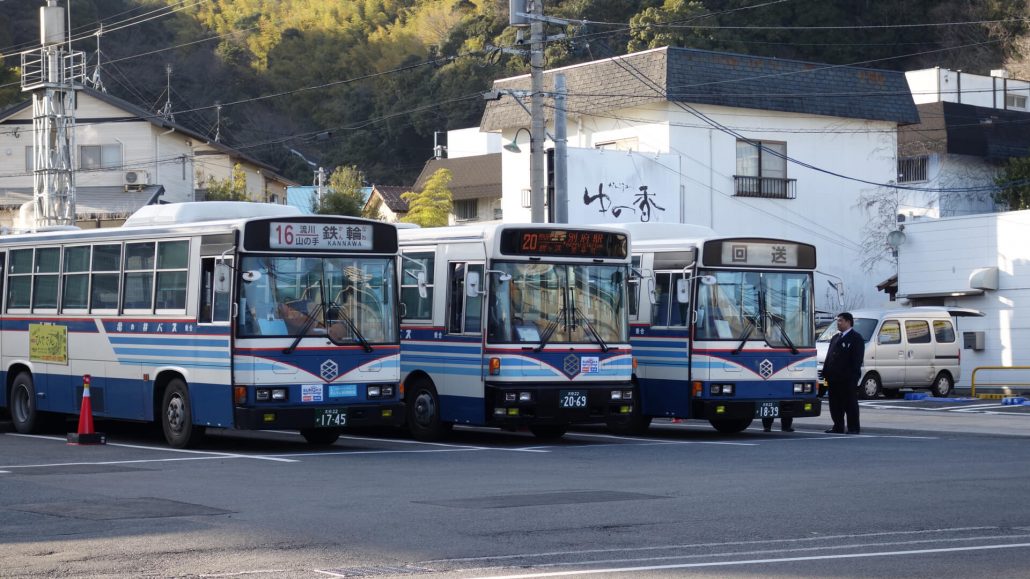
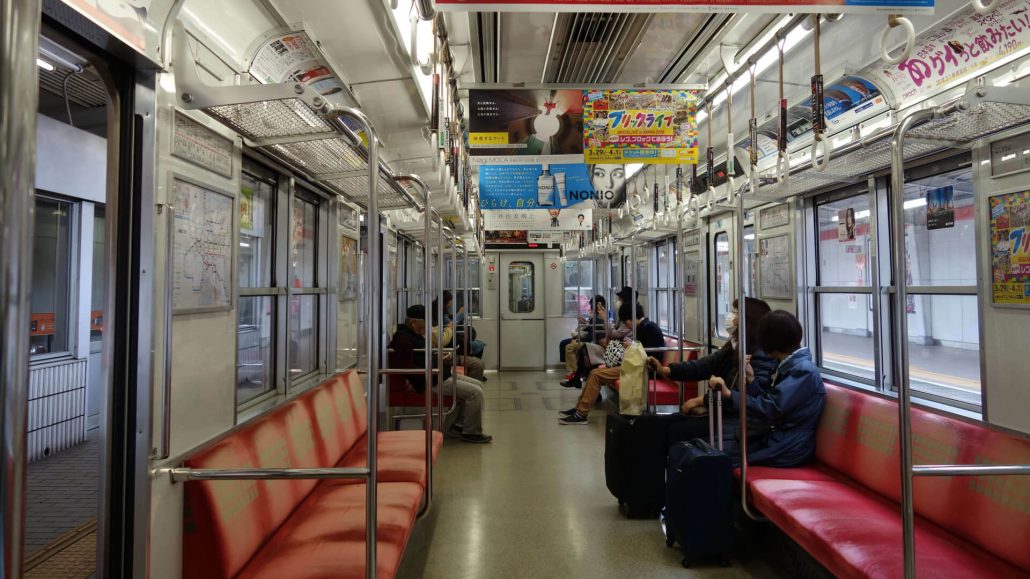

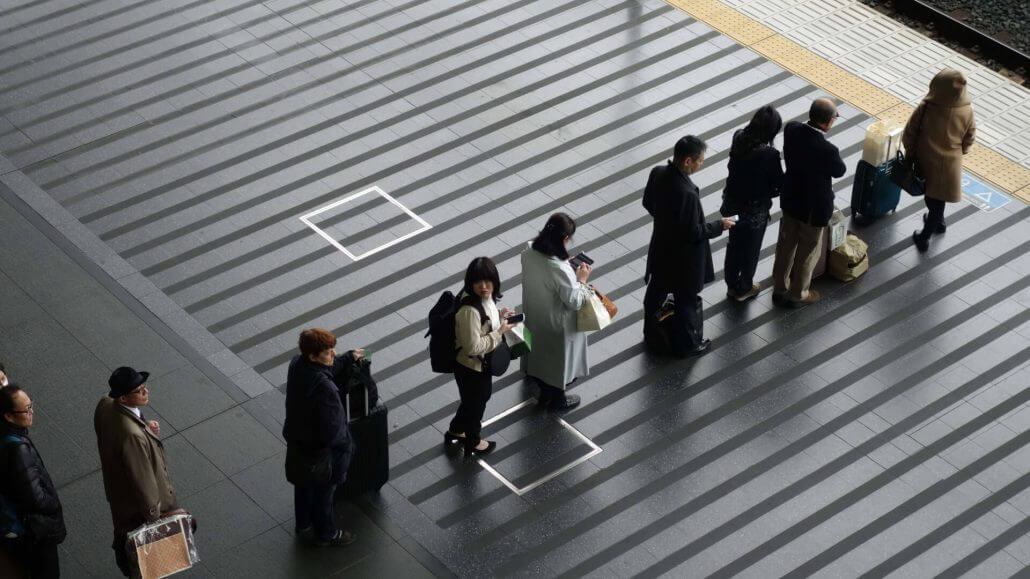
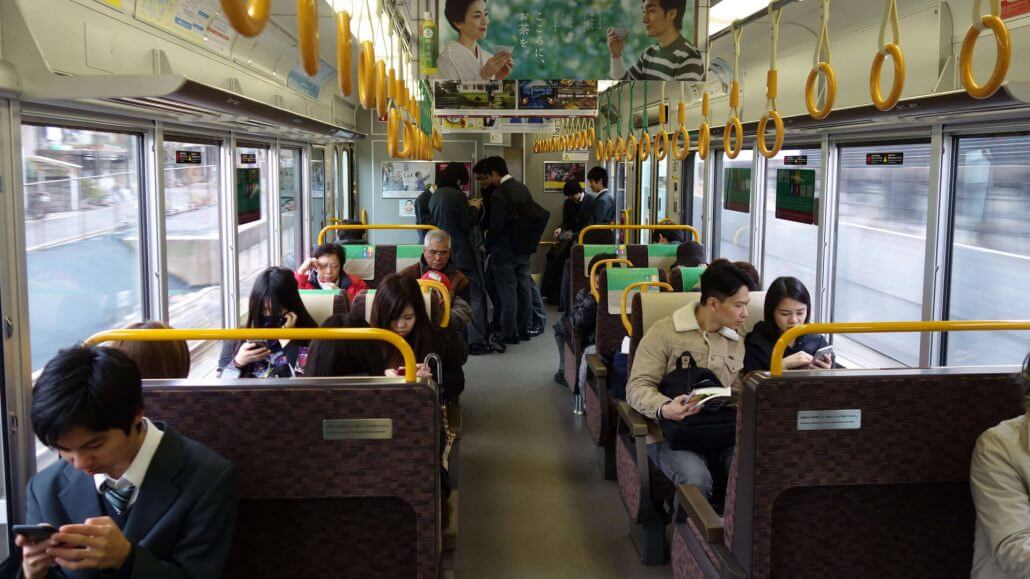

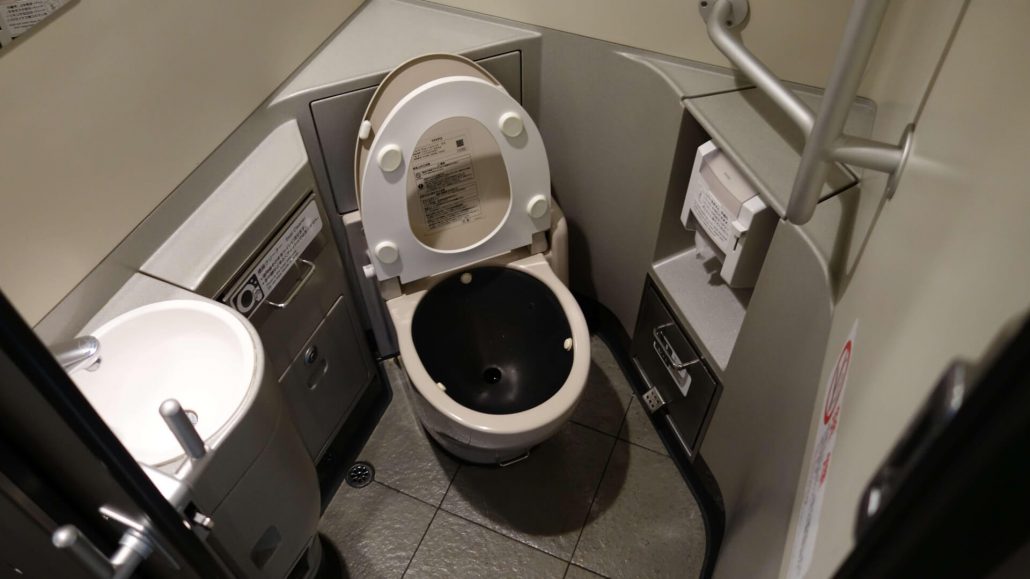
 ©Bokksu
©Bokksu  @JAPANandmore
@JAPANandmore  ©JAPANandmore
©JAPANandmore  Japanesepod101 Screenshot
Japanesepod101 Screenshot  @JAPANandmore
@JAPANandmore  @JAPANandmore
@JAPANandmore 




 JNTO
JNTO ©JAPAN and more
©JAPAN and more